Today’s Wild Fact is inspired by one of our faithful readers, Larissa, who inquisitively asked about Jellyfish last week. So without further ado, I present to you the magnificent Jellyfish!
Of course, we have all heard about these interesting creatures that float around our oceans. For the record they float around since they don’t actually have any bones! The jellyfish is composed of; yup, you guessed it, a jelly-like substance called mesoglea. This jelly substance is protected by a layer of skin which is only one cell thick. Just so you know, that is not very thick! The other interesting note about the body of the jellyfish is the fact that it is composed of 90% water.
One of the most prominent features of the jellyfish has to be their stinging tentacles. The length of these tentacles vary depending on the species of jellyfish, however, they usually all serve the same purpose. Basically, these tentacles catch and sting their prey! Hey, a jellyfish has to eat, you know. There are various types of cells on the skin of the tentacles including some that sting, some that stick and some that grip. They have more gadgets on their arms than Inspector Gadget himself! So what do they use these deadly tentacles to catch? Well, the jellyfish is very efficient and effective at preying on fish and invertebrates. What about humans? Can they hurt us? Not to scare you but some of the box jellyfish in Australia do have powerful venom that can be deadly to humans. The good news is that the venom in a jellyfish is created in their tentacles so you are free to touch the top part of the interesting sea creature. Don’t get me wrong, I don’t recommend you rushing out to touch a deadly box jellyfish but you could do it!
Jellyfish Fast Fact: The jellyfish is not actually a fish. In fact it is categorized in its own class. That just goes to show you how different and unique these animals are.


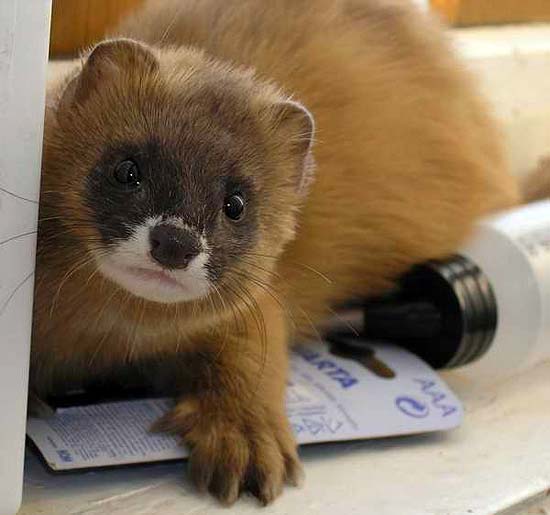
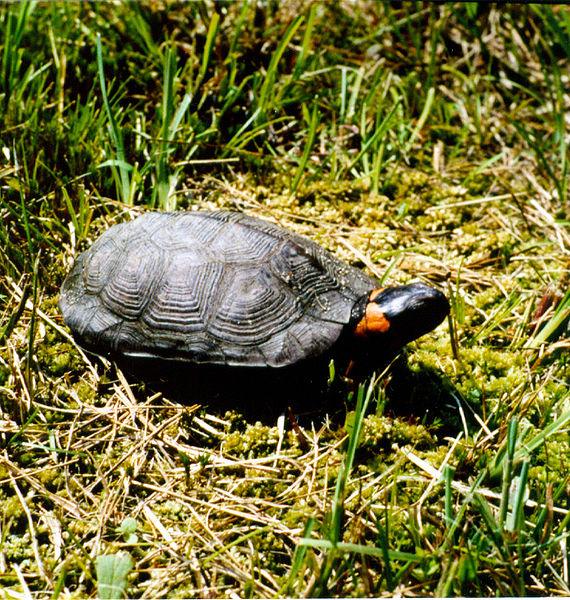
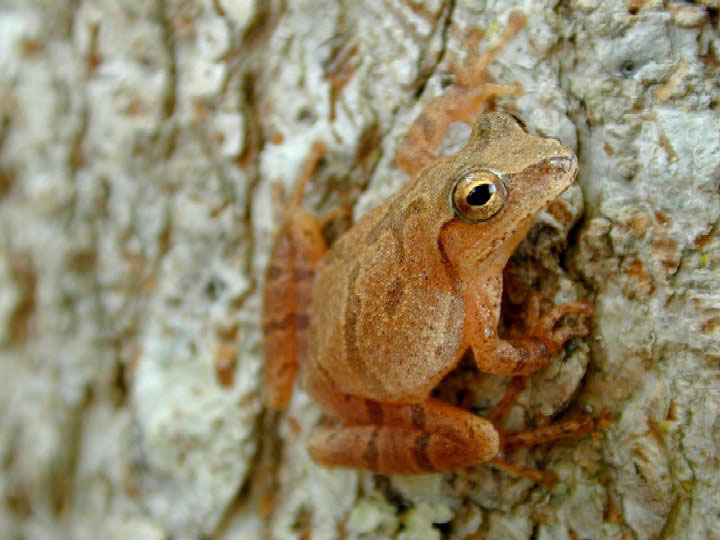
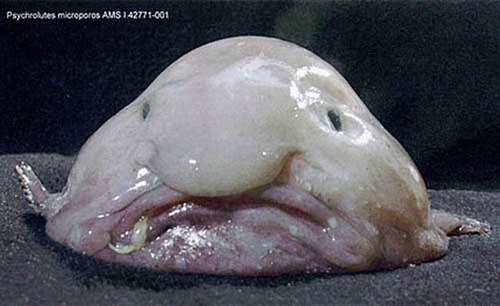
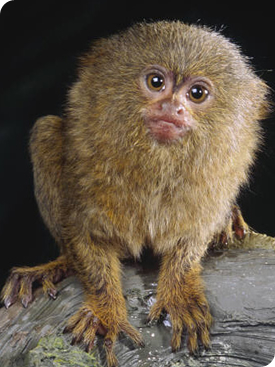
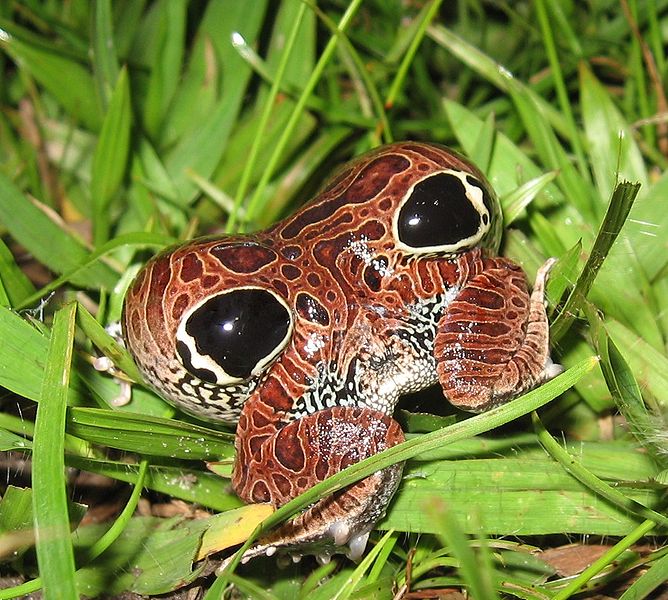
I was just talking about jellyfish, and here’s the post! Ha! They’re still very wrong, you know. A mass of jelly just isn’t supposed to be able to think, even about eating.
hahaha! I guess you are right about that Larissa. What would Bill Cosby think if his Jello actually started to eat him??
I hope you enjoyed the Jellyfish Fact!
I did indeed. That’s a heck of an image, btw… poor Bill. 😉
hahaha! I think it would be a funny Jello commercial though.
What if a dog eats the Mesoglea portion of the jellyfish that washes up on a beach? I walk my dog on the beach, he is a big Husky with an appetite for weird things. I can’t find it anywhere if it is poisonous. He is acting fine.
Hi Shirin,
Thanks for stopping by Wild Facts. I see you have a curious dog. Before I offer my opinion on the eating of dead jellyfish, I would like to warn that I am not a veterinarian so I would highly recommend giving your local vet a call if you are worried about your dog’s health.
I can offer some advice relating to the biology of Jellyfish. Believe it or not, dead jellyfish are still capable of stinging for up to 2 weeks after death. Of course this will vary among species as will the amount of toxicity that would be associated with any jellyfish sting.
The poison is generally located within the tentacles of a jellyfish. When something touches these tentacles the poisonous cells will burst causing tiny barbed stingers and poison to enter the unfortunate person/dog playing with it.
It doesn’t sound like your beloved pup was in contact with the tentacles so I would think he will be okay. As well, if he is not showing any signs of pain or discomfort than this is a good sign as well. Once again, I caution that I am not trained in these matters and can only talk about the biology of the jellyfish. I highly recommend contacting your local veterinarian if you are concerned about your dog’s health.
I hope this helps and please don’t hesitate to ask any further questions. I will do my absolute best to try and answer them.
Have a great night.
Nathan
Wow that’s so interesting I’ve always wondered about the jelly fish I’ve also always been scared of the jelly fish. 😛 When I went to Cuba with my family a couple of times jelly fish would end up getting washed up into the shallow end or on the beach,when I heard this I would not go near the water! People would sometimes get sticks and carry the jelly fish that washed up on shore back into the water, was it dangerous for them to carry the jelly fish back into the water? And did it hurt the jelly fish?
You definitely need to be careful around Jellyfish. It is okay to touch the top portion but stay away from their stinging arms. If people are carrying them on sticks it is probably okay for the human since they aren’t actually touching them.
Probably not the best for the Jellyfish though, depending how the people handle them. I suppose if their alternative was to dry up on the beach then it is the better of two evils.
Thanks for sharing the story and asking such great questions.
Hey Nathan did you do one on the black mamba